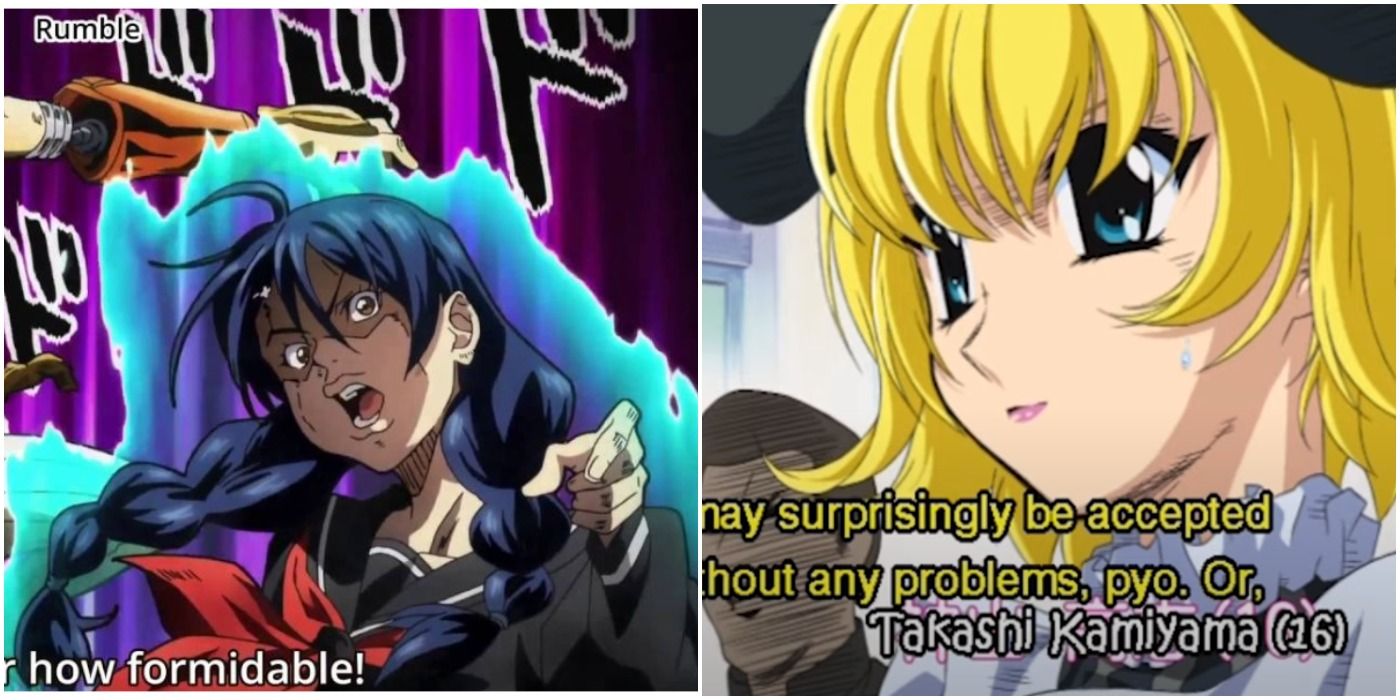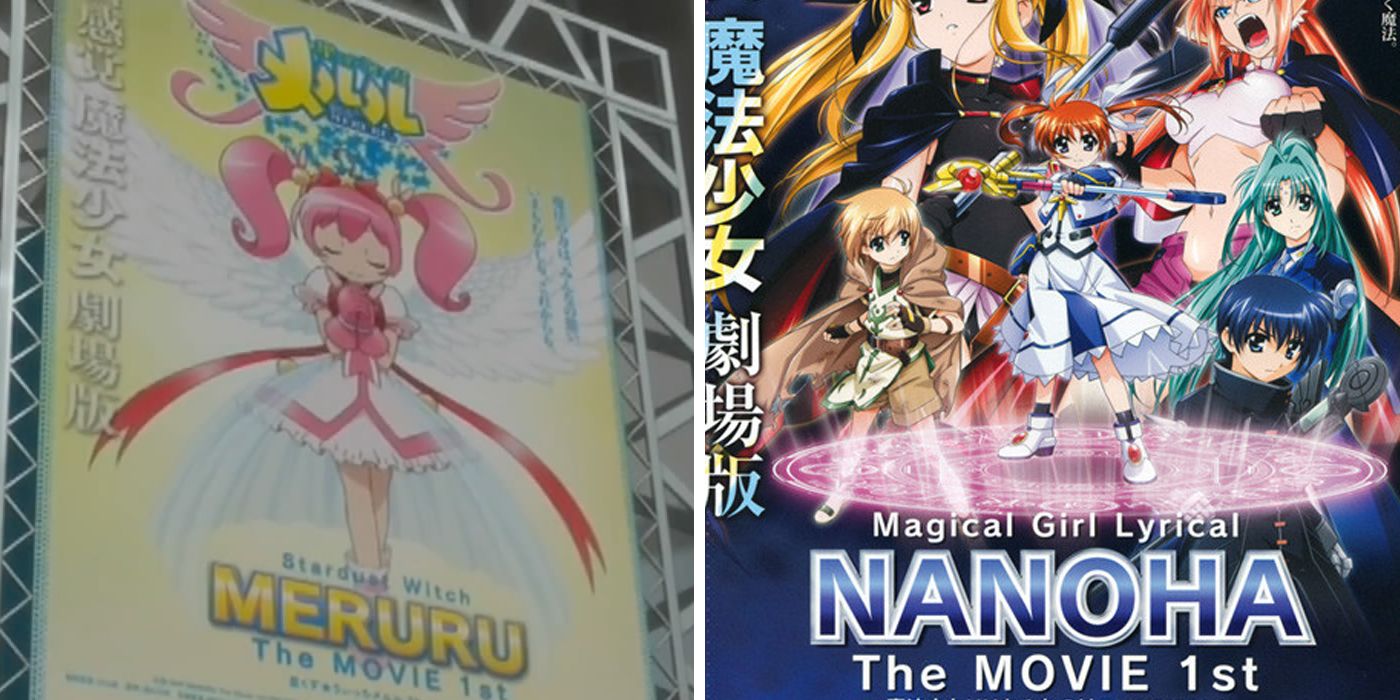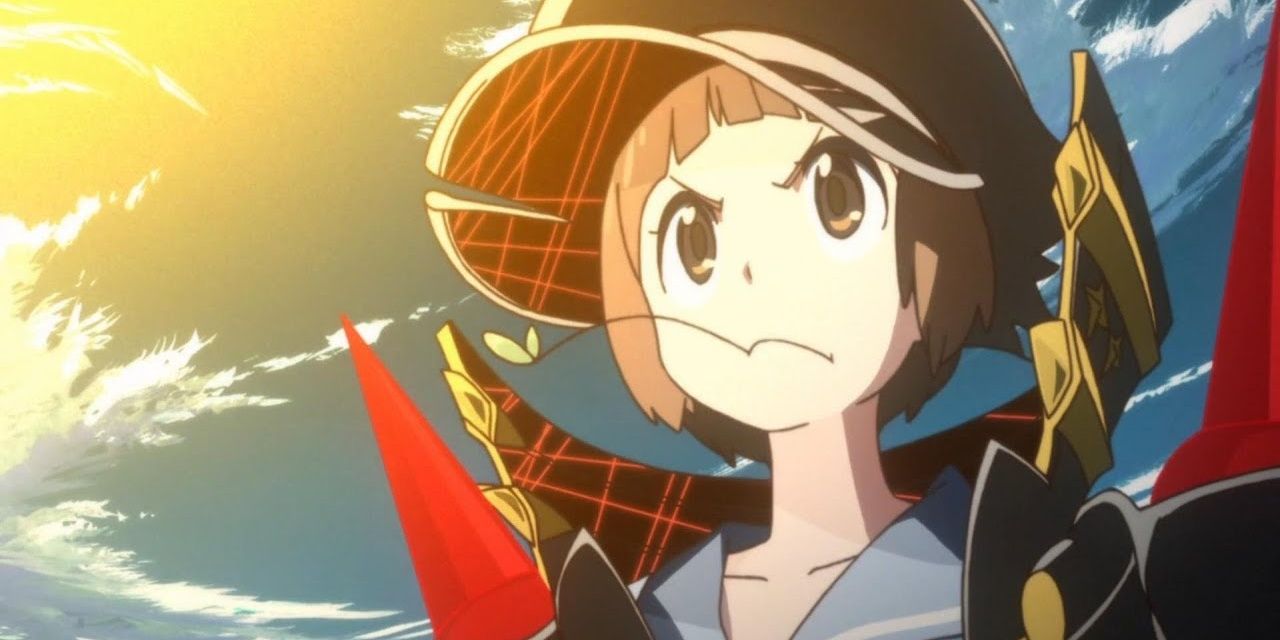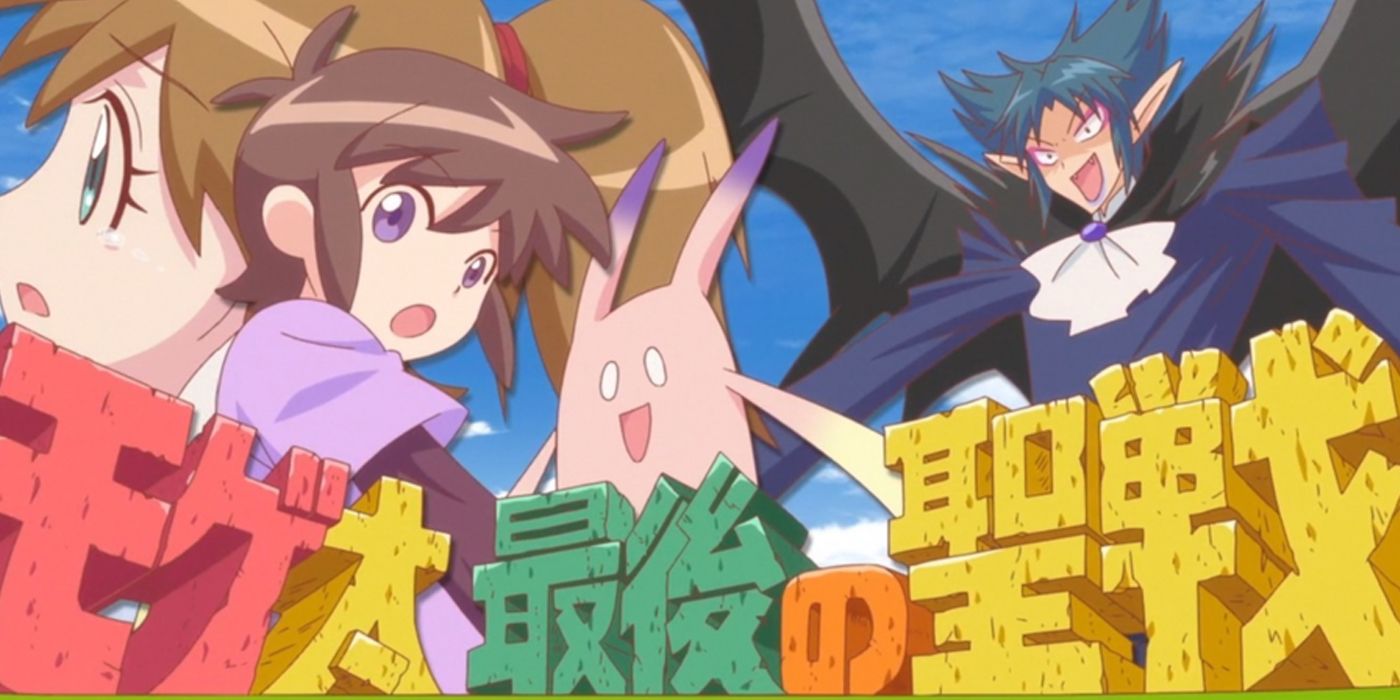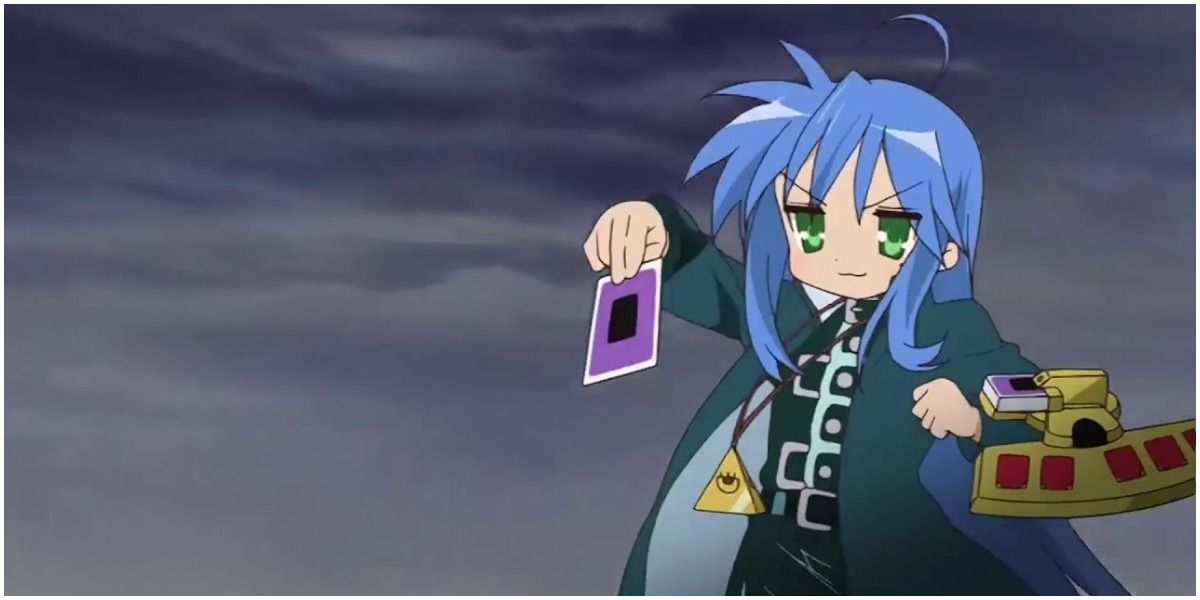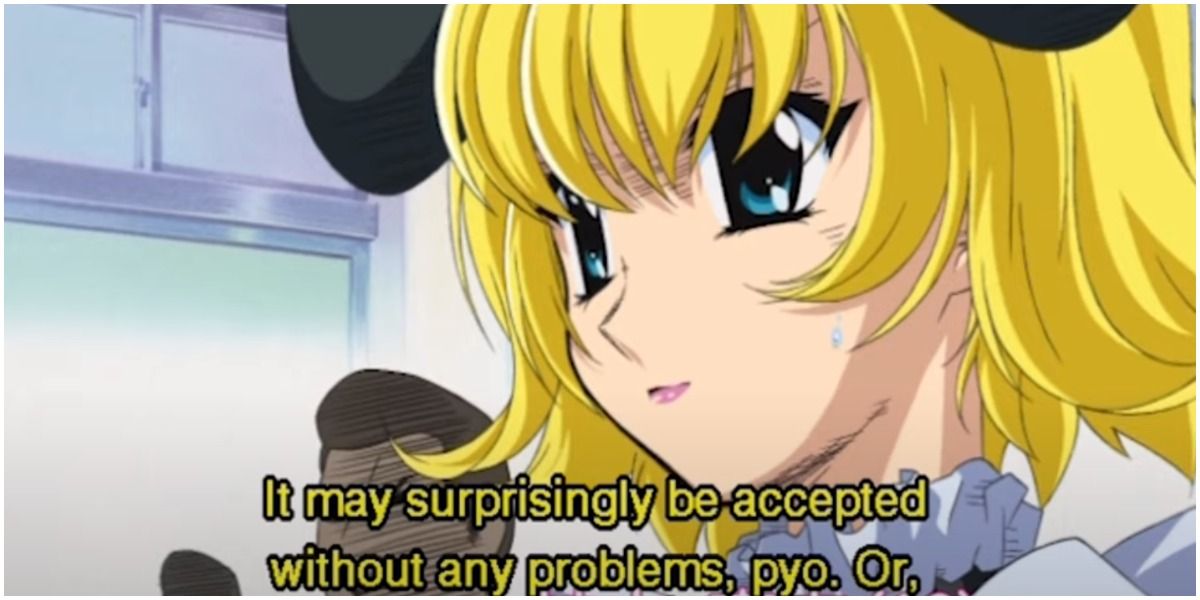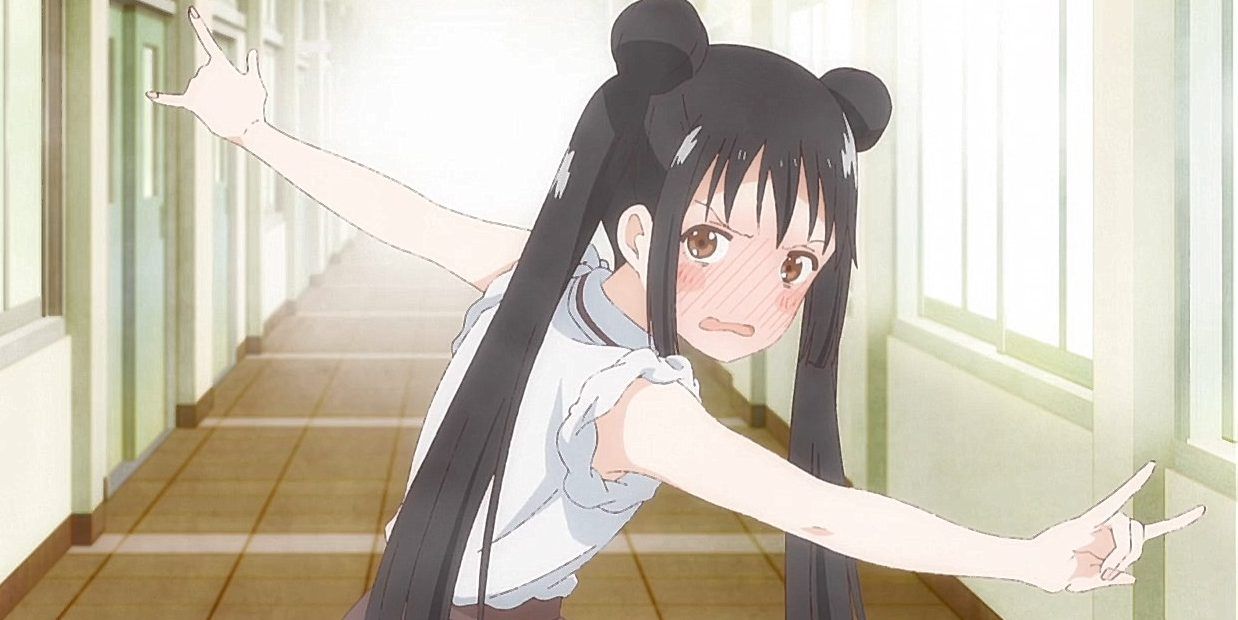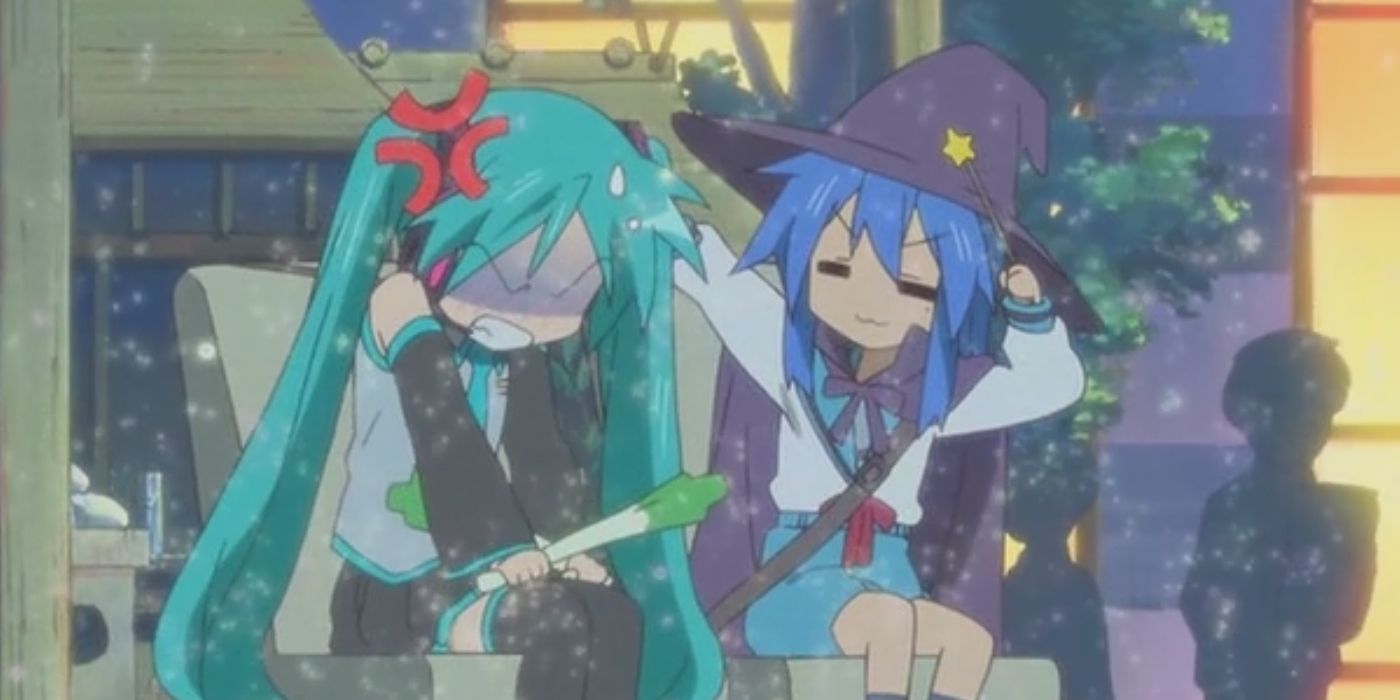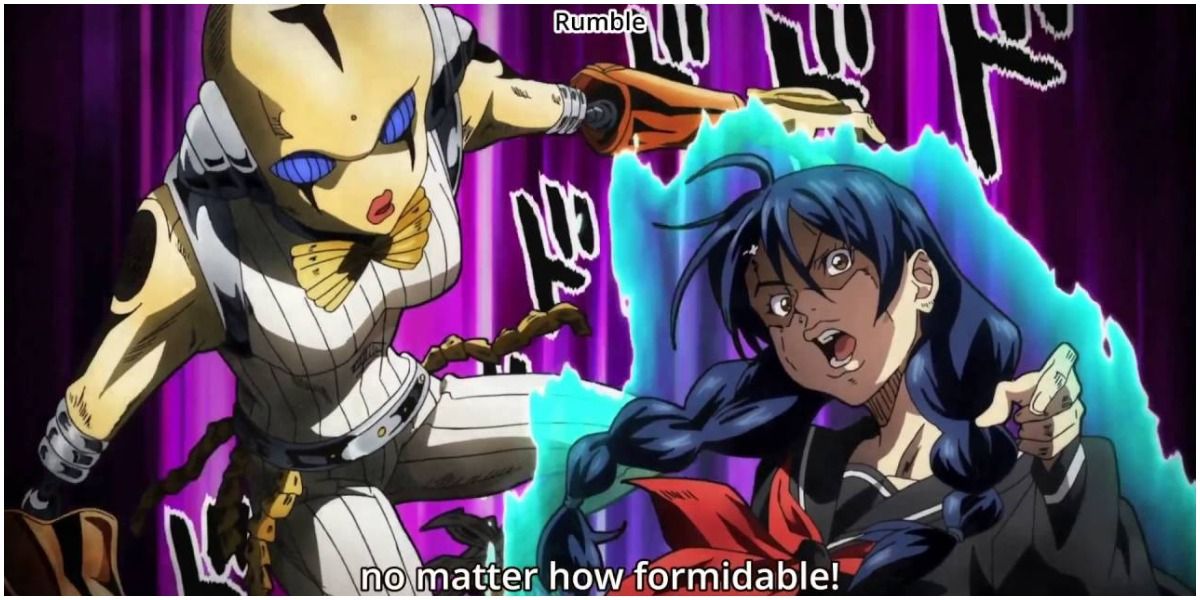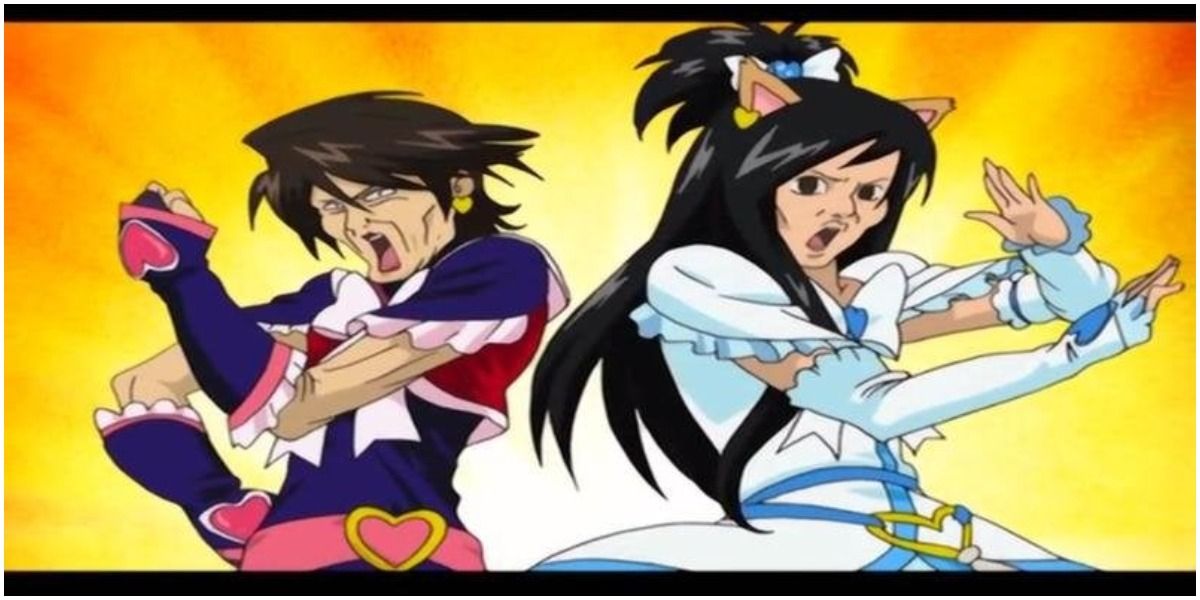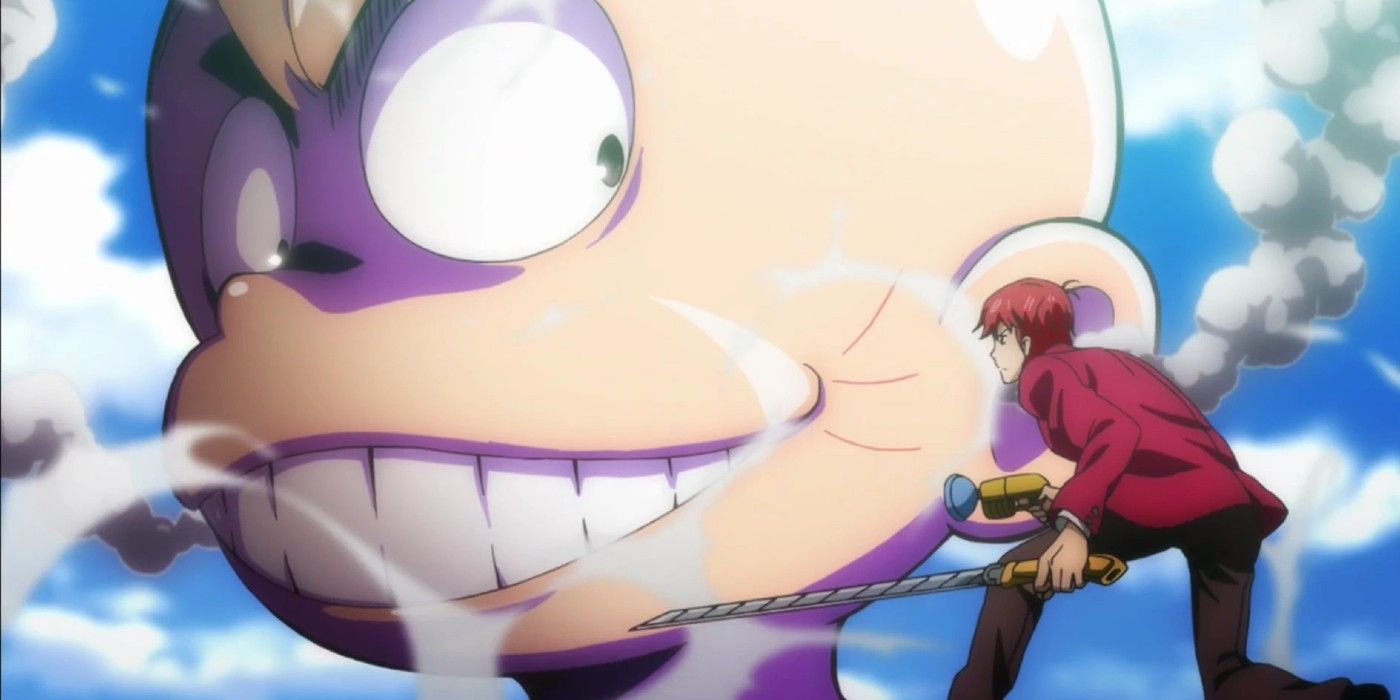Parodies and satire are common tropes in comedy of all kinds, whether it's live-action or animated. Accordingly, anime is no stranger to the act of parody and satire. From actual people and events to other animated series, anime has included many references to famous and topical phenomena throughout the ages. For anime fans, seeing anime parody other anime is always a special treat when viewers are fans of both series.
Sometimes, anime series crossover with other series, make up their own in-world fictional anime spoofing on existing anime tropes, or make references to other popular series. JoJo's Bizarre Adventure parodies, for example, are very common since JoJo's is a series that's been running since the 1980s. But in-universe anime parodies extend well beyond the JoJo's franchise.
10 Stardust Witch Meruru Parodies Magical Girl Lyrical Nanoha (Oreimo)
Kirino Kousaka's favorite TV anime is Stardust Witch Meruru, an in-universe anime spoof that mimics Magical Girl Lyrical Nanoha. The series is surprisingly well thought out, with entire plots and seasons described in the series. The anime even has a villain arc, where the titular Meruru is transformed into a Dark Witch.
As if the similarities weren't obvious enough, Meruru shares Nanoha's signature catch phrase and is even voiced by Nanoha's voice actress, Yukari Tamura. Considering Oreimo is a parody anime, having a parody of another anime within the anime's own universe is an immersive detail that adds credibility to Oreimo's world.
9 Mako Mankanshoku Channels Jotaro Kujo (Kill La Kill)
In Episode 7 of Kill la Kill, Satsuki gives Mako a Two-Star Goku Uniform and instructs her to defeat Ryuko if she wants to maintain her family's higher financial status. Being a girl from the slums of Honno City and seeing how much her family is enjoying their wealth, Mako decides to play along and challenges Ryuko in the Two-Star uniform.
While the uniform definitely hearkens back to 1980s and 1990s delinquent tropes, the long coat and scraggly back of her cap are clearly reminiscent of JoJo's Bizarre Adventure character Jotaro Kujo.
8 The Mogeta Anime Series Is A Joke On Kids' Anime (Fruits Basket 2019)
The Mogeta franchise is surprisingly popular in the world of Fruits Basket considering so many characters like it. Out of the Sohma clan, Kyo, Hatsuharu, Kisa, Hiro, and Kagura are fans of the Mogeta anime and manga, with Yuki finding it strange. Tohru Honda and Machi Kuragi are also fans of the series.
The Mogeta franchise doesn't appear in the Fruits Basket anime too much, but it makes several appearances in the manga, and Machi's son Mutsuki is also a fan of the series in the sequel manga Fruits Basket Another.
7 Konata Suggests Using Poetry Cards For Yu-Gi-Oh! Card Battles (Lucky Star)
In Episode 13 of Lucky Star, Konata, Kagami, Tsukasa, and Miyuki are all discussing their New Year's holiday together. New Year's is a significant holiday in Japan that has a host of traditional Japanese culture imbued in it, including the activities taken during the New Year's holiday.
One such activity is a game called Hyakunin Isshu karuta, a traditional New Year's card game that consists of matching famous poems. Coincidentally, the Hyakunin Isshu is a collection of poems that's also commonly taught to Japanese elementary and junior high students. Konata, who hates studying, jokes that a card battle game (like Yu-Gi-Oh!) consisting of the Hyakunin Isshu would be something she could actually get into.
6 Takashi Kamiyama Parodies Pyocola From Di Gi Charat (Cromartie High School)
Cromartie High School is a series that primarily focuses on parodying the Japanese high school delinquent trope, but it also has a fair amount of non-delinquent parodies involved, both anime and non-anime alike.
In the second episode, the protagonist Takashi Kamiyama makes fourth-wall-breaking commentary about audiences complaining when manga are adapted to anime, mentioning common complaints like voice acting and art style. At this time, he morphs into the character Pyocola Analogue III from the 1998 series Di Gi Charat, a nice namedrop for a classic gag series.
5 Honda Hanako Is Punished In The Name Of The Moon (Asobi Asobase)
At first glance, Asobi Asobase appears to be a completely normal slice-of-life show about three girls, Hanako, Olivia, and Kasumi, forming a "Pastime Club" and hanging out after school together. However, these three girls are anything but normal and constantly get themselves and each other into hilariously awkward situations.
In Episode 8, they play a homemade board game, forcing each other to perform various embarrassing "punishments" depending on the spaces they land on. Unfortunately for Hanako, she finds herself having to strike a rather familiar pose and call herself a "Pretty Guardian" in front of a teacher, much to the teacher's incredulity. Perhaps he wasn't a fan of Sailor Moon.
4 Kagami's Dream Has Multiple Anime References (Lucky Star OVA)
Besides being completely incomprehensible, Kagami's dream in the Lucky Star OVA has a handful of references from other anime. Konata cosplays as Yuki Nagato from The Melancholy of Haruhi Suzumiya (witch version, of course) while Kagami unwillingly cosplays characters from different series, including Rin Tohsaka from the Fate series and Miku Hatsune of VOCALOID fame.
Wrapping up the dream, Kagami springs awake stating she wants to "unite" with Konata using a phrase from the Genesis of Aquarion series - much to her embarrassment.
3 A Cooking Showoff Between Megumi & Ryo Uses Seafood As Stands (Food Wars!)
While already famous for its over-the-top fanservice, Food Wars! also dabbles in anime parody from time to time. During the culinary standoff between Megumi Tadokoro and Ryo Kurokiba, the two are dueling their seafood ramen dishes against each other. In a homage to JoJo's Bizarre Adventure, Megumi and Ryo's ramen dishes take on the appearance of Stands, and the two have a punching battle while shouting out the main seafood ingredient for each dish in mimicry of Star Platinum's "ora ora ora!" battle cry.
2 Tama Cure: Silver Soul References Pretty Cure (Gintama)
Gintama has become famous for its anime parodies and no genre of anime is safe from its clutches. While shonen series parodies are pretty common, Gintama has also parodied magical girl anime. Episode 50 of the Gintama anime discusses the fact that the first year of the anime didn't do too well and the characters brainstorm other angles they could take with the show.
This episode parodies many series, but Catherine and Otose's skit involves them mimicking the original 2004 Pretty Cure anime featuring Nagisa Misumi and Honoka Yukishiro as Cure Black and Cure White respectively.
1 The First Episode Of Mr. Osomatsu Was Banned For Its Egregious Use Of Parody
It seems unfair for this episode to be officially banned since the Osomatsu franchise was always focused on gags and parodies, but Japanese fair use laws ultimately sided with the original parodied franchises. Osomatsu-kun is the 1960s gag manga and anime that was reimagined into Mr. Osomatsu (or Osomatsu-san) in 2015. But after lamenting their dated Showa era style in the first episode, the characters break out into parodying several popular series, including the likes of Attack on Titan and Love Live! School Idol Project.

